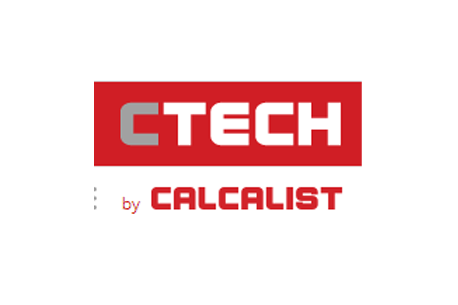Top 5 Advantages to Crop Farming in Skyscrapers
As cities get denser, skyscrapers become farms

In the past several years, the trend of urban farming has become imperative to take responsibility for local food security. Local crops grown in cities directly connect fresh food to urban residents and neighborhoods, specially developed to address the issue of supplying food to growing urban populations. There are many advantages for growing on skyscrapers, here are a few of them:
Makes Efficient Use of Urban Property /Land
Crop growing skyscrapers can be a part of city planning efforts. For example, several cities across America like Detroit, San Francisco, and Washington, D.C. are fostering efforts to make better use of urban land and partnering with social organizations to provide high-efficiency food production. Plant-growing in cities is a productive use of space, enhances urban places, and raises affordable food in high quantities. It can create something out of what might have been nothing but an empty parking lot.
Produces Healthy, Quality, Fresh Food
Growing leafy plants in skyscrapers is a way to bring the freshest possible food to the city’s doorstep. Foodies, urban residents, and city restaurant chefs alike can experience unique varieties of fresh, healthy, quality foods grown on-site or in proximity via urban crop farming.
In the city, a skyscraper farm is the absolute closest potential food supplier. Instead of trucking lettuce from California, the produce would be transported from the building to the residents or local neighborhood consumers. It could also be considered more food-safe being on a rooftop or side of the building.
Improves Health and the Environment
Commercial vertical gardens filter out air and noise and promote better health. A city can be a noisy, dirty place with a lot of pollution. In fact, green parks and plants are proven to combat the urban heat island effect by cooling the air. The use of vegetation in cities reduces temperatures and can save building heating and cooling costs.
Builds Community
Hydroponic crops or geoponic vertical farming in cities offer a source of fresh food and also a network or community, developing deep connections for people. In cities, urban gardens revitalize spaces and create beautiful natural surroundings for people to gather, socialize, and work toward a common goal. Vertical farms can also provide potential jobs and meaningful learning opportunities for people of all ages and stages in life. In one study about community gardening, the adults were 3.5 times more likely to consume at least five servings of fruit or vegetables a day if a member of a household had participated in a community gardening project.
Reduces Carbon Emissions
Food typically travels thousands of miles to arrive at the local supermarkets yet farming in cities cuts out the expenses involved in food transportation – no trucks, no gasoline, no cooling tanks or special packaging. Vertical crops deliver food in proximity and remove the distance from the agricultural site to the consumer thereby reducing emissions from trucks and the logistics chain.
As you can see, urban communities gain social, health, and environmental benefits from a vertical urban farm.
A study in the journal Bioscience suggested that overall food production will need to increase by anywhere from 25-70% between now and 2050. Farming in skyscrapers can be a reliable, local source of food supply, and produce some of the best crops in skyscrapers such as fast-growing herbs, lettuces, and leafy greens.



